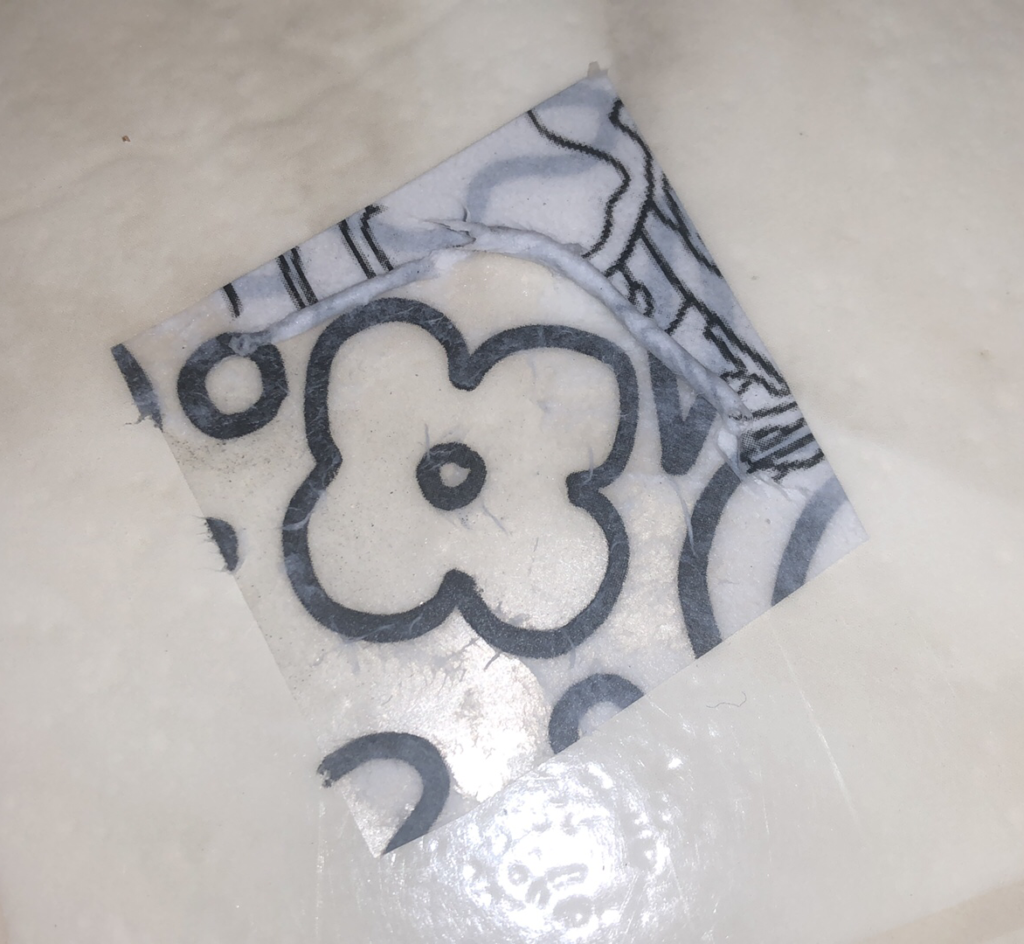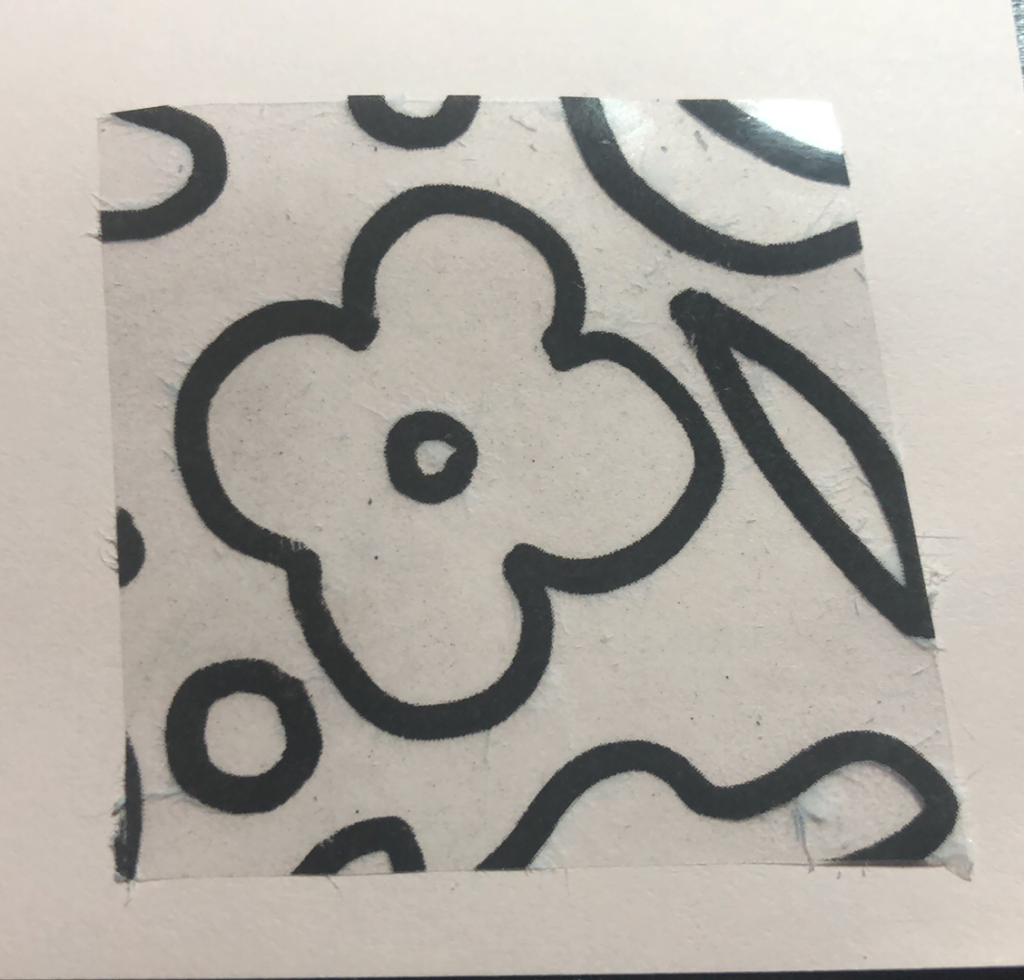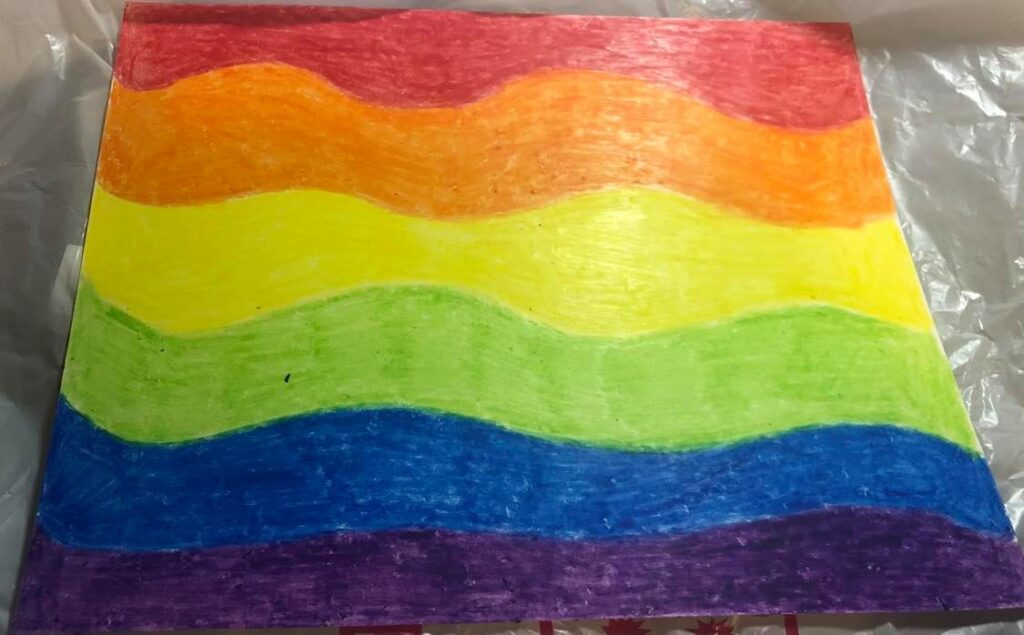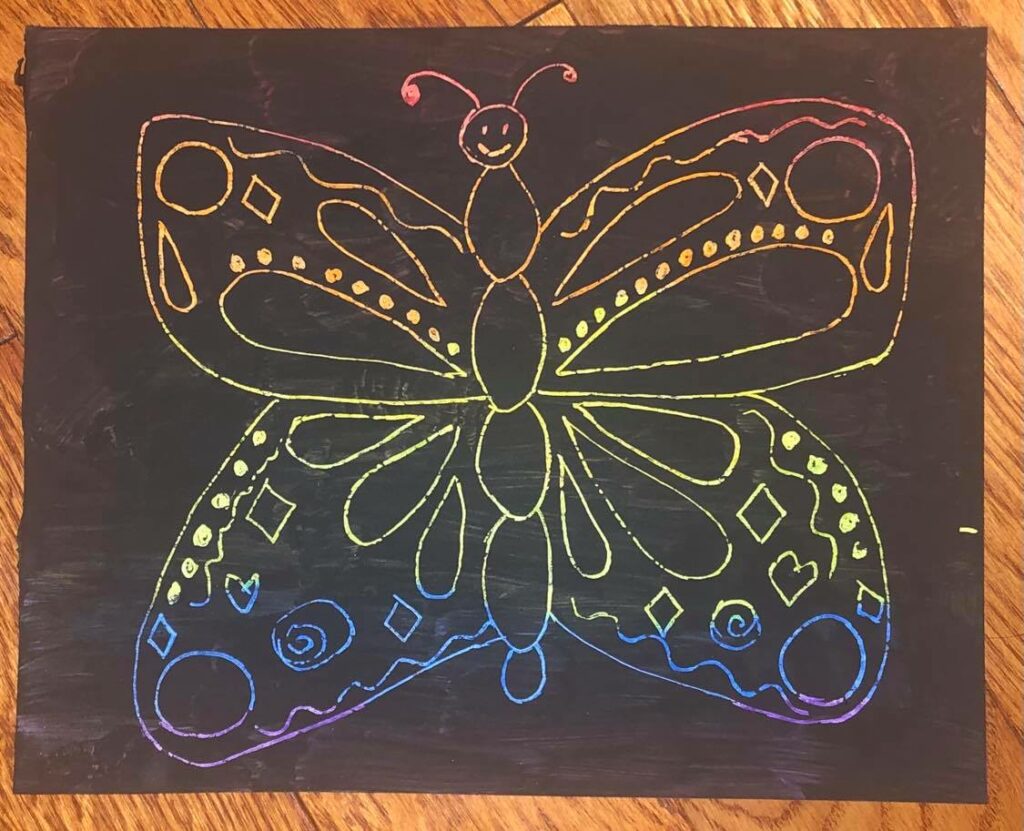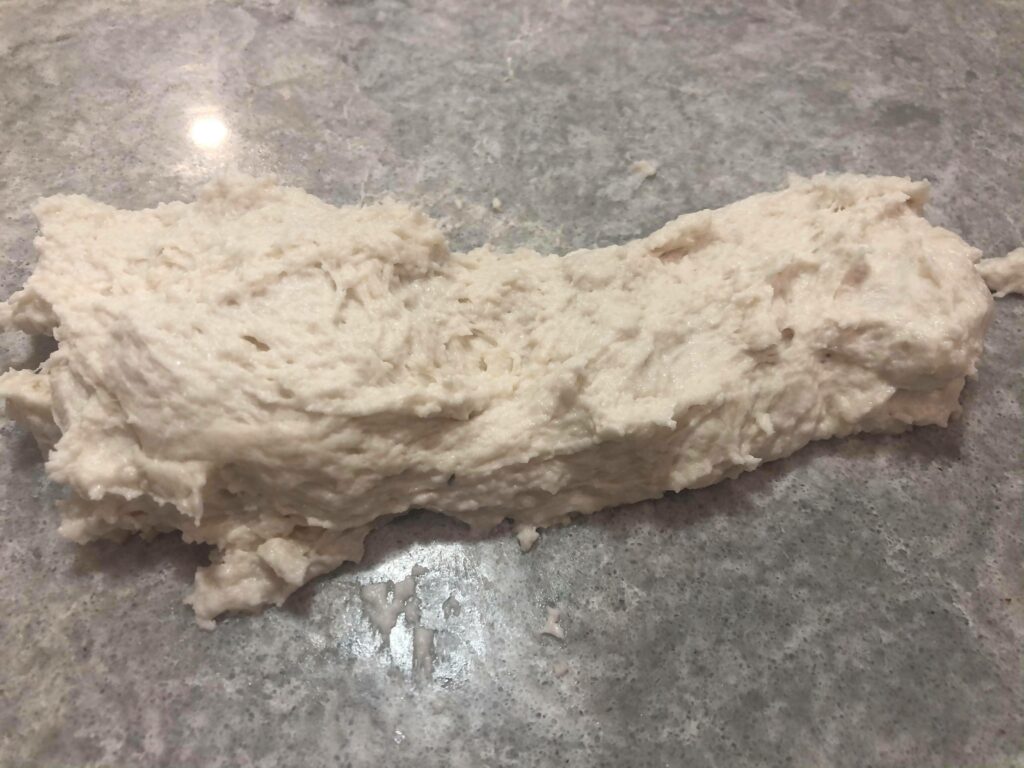This project is such a cute idea and can be used in many different ways! It can be used for stickers, of course, but when I was in grade 12, we made these for collages. In our collages we would add paper down first, and then we would put these stickers ontop since they were translucent. My art teacher at the time also had an assortment of magazines to choose from, so we could use whatever design we wanted.
Materials:
- Black and white photo
- Packing tape
- Scissors
- Container
- Water
This activity is fun since it can be used in multiple different ways, it is also super fast. All you need to do is find photos you like, this works really well with magazines but printed photos work just as well. Once you have selected the photo, cover it in packing tape and smooth it down so there are no bubbles (this will create gaps in your sticker). Then cut out your paper so you are just left with the design.
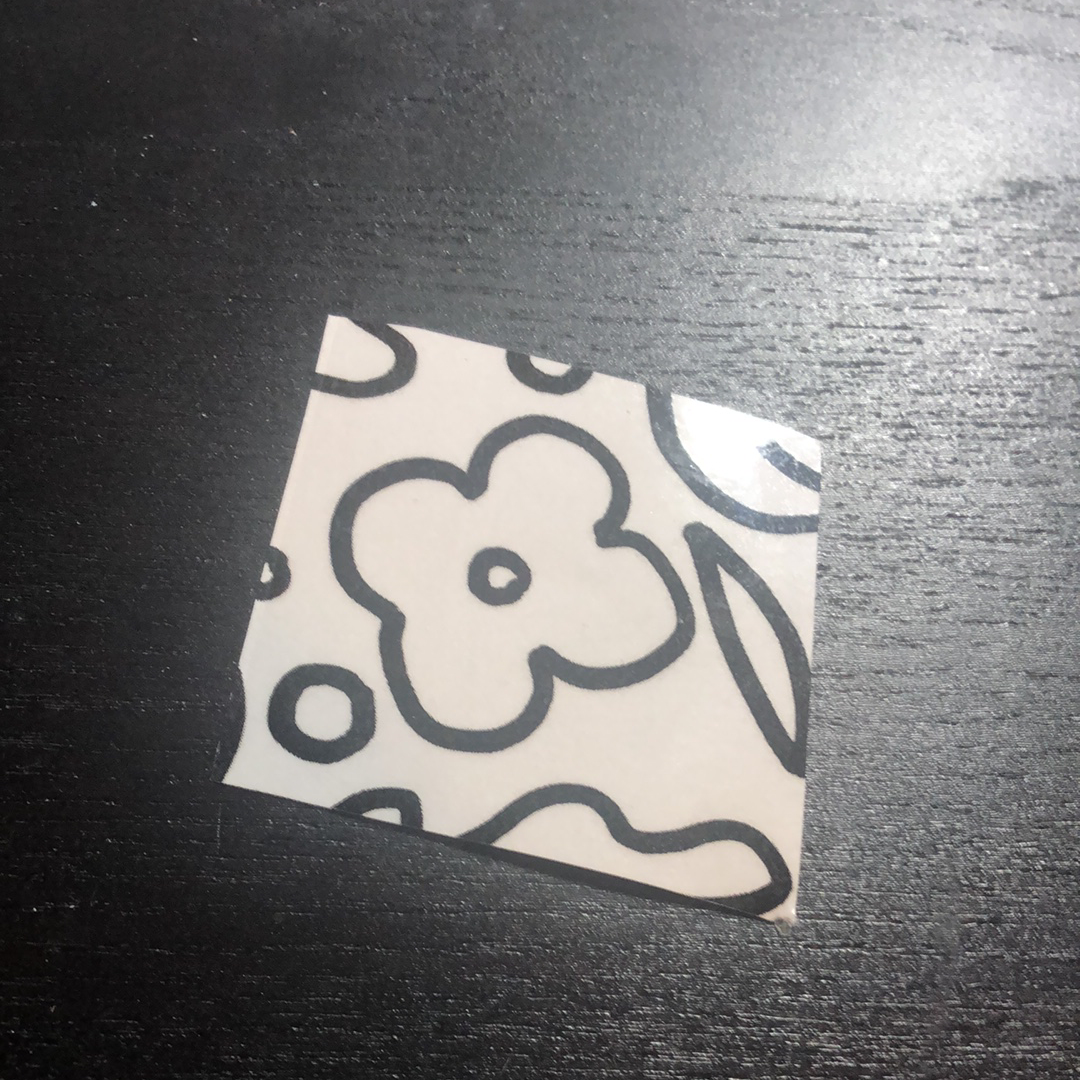
Afterwards, fill up your container with water and place your taped design inside. This will make it easier for the paper to come off later.
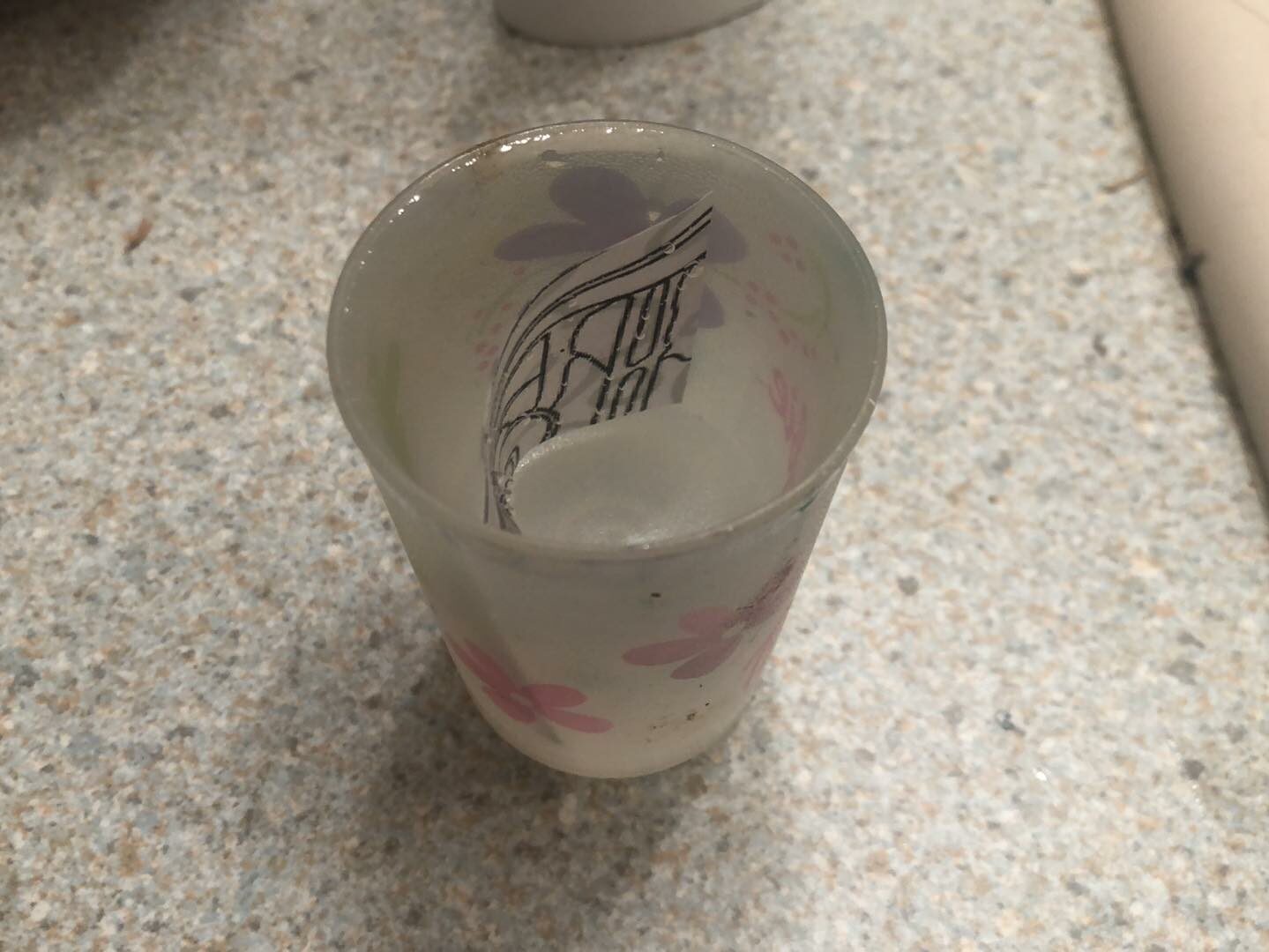
When the paper starts to peel off the back, use your fingers to feel it off gently.
Pros:
- Really easy activity if you need something extra to do in an art class. Have all the students taking turns picking photos from magazines and off the internet to make a sticker from.
Cons
- Doesn’t work well with coloured ink from the printer. I tried making a blue butterfly before I made the sticker in the pictures. The blue peeled off with the paper.
- After you have peeled off the paper, there are still litte fibers stuck to it. This would not be too much of a problem if the sticker wasn’t see through. It makes the sticker look dusty.
In the end, I would make this project with a class. The stickers are really cool and the kids will all be amazed when the activity works out, I know I was when I first saw it. This activity is quick and simple and elevates an art piece to the next level. This activity would be good to teach line and movement since you do not need colour and you can print off a good example piece.
